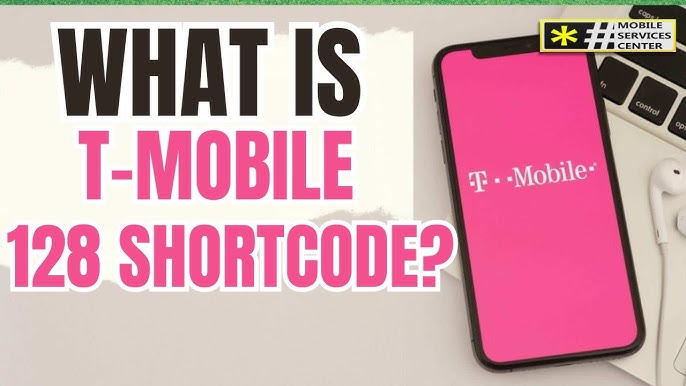If you’ve ever taken a deep dive into your detailed phone usage logs, you might have stumbled upon some cryptic entries. Alongside familiar numbers, you may see a message logged from short code 128. Seeing this can be perplexing—it’s not a standard phone number, and you likely have no memory of receiving a text from it.
Is it a secret message? A sign of a scam? Or a premium service you’ve been subscribed to? Relax. In almost all cases, short code 128 is a harmless, legitimate entry, and this guide will explain exactly what it is.

What Are SMS Short Codes? A Quick Primer
To understand why short code 128 is different, it helps to know what a typical short code is. Generally, when we talk about short codes, we mean the 5- or 6-digit numbers businesses use for high-volume text messaging. You’ve seen them used for:
- Voting for a contestant on a TV show.
- Receiving a two-factor authentication (2FA) code from your bank.
- Getting promotional offers from a retail store.
These codes are designed for public interaction. The short code 128, however, plays a very different, behind-the-scenes role.
The Real Identity of Short Code 128
The number 128 is not a number you can text back, nor is it another person trying to contact you. It is an internal system code used by mobile carriers to log specific account activities.
The T-Mobile Connection
While other carriers might use similar codes, short code 128 is most famously associated with the T-Mobile network. If you are a T-Mobile customer and you see this entry in your usage history, it is almost certainly a log of a routine system event related to your account.
Common Reasons You’re Seeing Short Code 128
The appearance of this code in your logs is not random. It’s triggered by specific, everyday functions of your phone service.
Your Voicemail System at Work
The most common reason for a “128” entry is your voicemail. When someone leaves you a voicemail message, the T-Mobile network has to send a notification to your device to let you know. The system logs this action as an “incoming message” from short code 128. It’s not a text message in the traditional sense, but rather the network’s internal record that a voicemail notification was successfully delivered to your phone. Some users also report seeing the code appear when they call to check their voicemail.
Device Synchronization
A secondary reason you might see short code 128 is related to device syncing. In our connected world, your phone is often communicating with other devices like an Apple Watch, a tablet, or a computer. When one of these connected devices receives data that syncs with your phone, the network can sometimes register this as a received item from the placeholder code “128”. It’s simply logging that your phone has received something from a registered device that isn’t another cell phone.
Is Short Code 128 a Scam?
This is the most important question for anyone seeing an unfamiliar number, and the answer is reassuring. No, in almost all documented cases, short code 128 is not a scam. It is a legitimate, albeit confusing, entry that reflects the normal background operations of your phone service, particularly on the T-Mobile network. It doesn’t cost you anything, and it isn’t a sign that your account has been compromised.
While this specific code is safe, you should always remain cautious of other unexpected messages. If you receive a text from a different number (especially a longer one) that asks for personal information, contains suspicious links, or promises an unbelievable prize, treat it as a potential scam.
Conclusion
The mystery of short code 128 is, thankfully, a simple one to solve. It is not a threat but a piece of technical jargon that appears in your usage logs. Think of it as a note-to-self from your mobile carrier, confirming that your voicemail system is working as it should. Understanding these small technical quirks can provide peace of mind and help you better understand the services you use every day.


